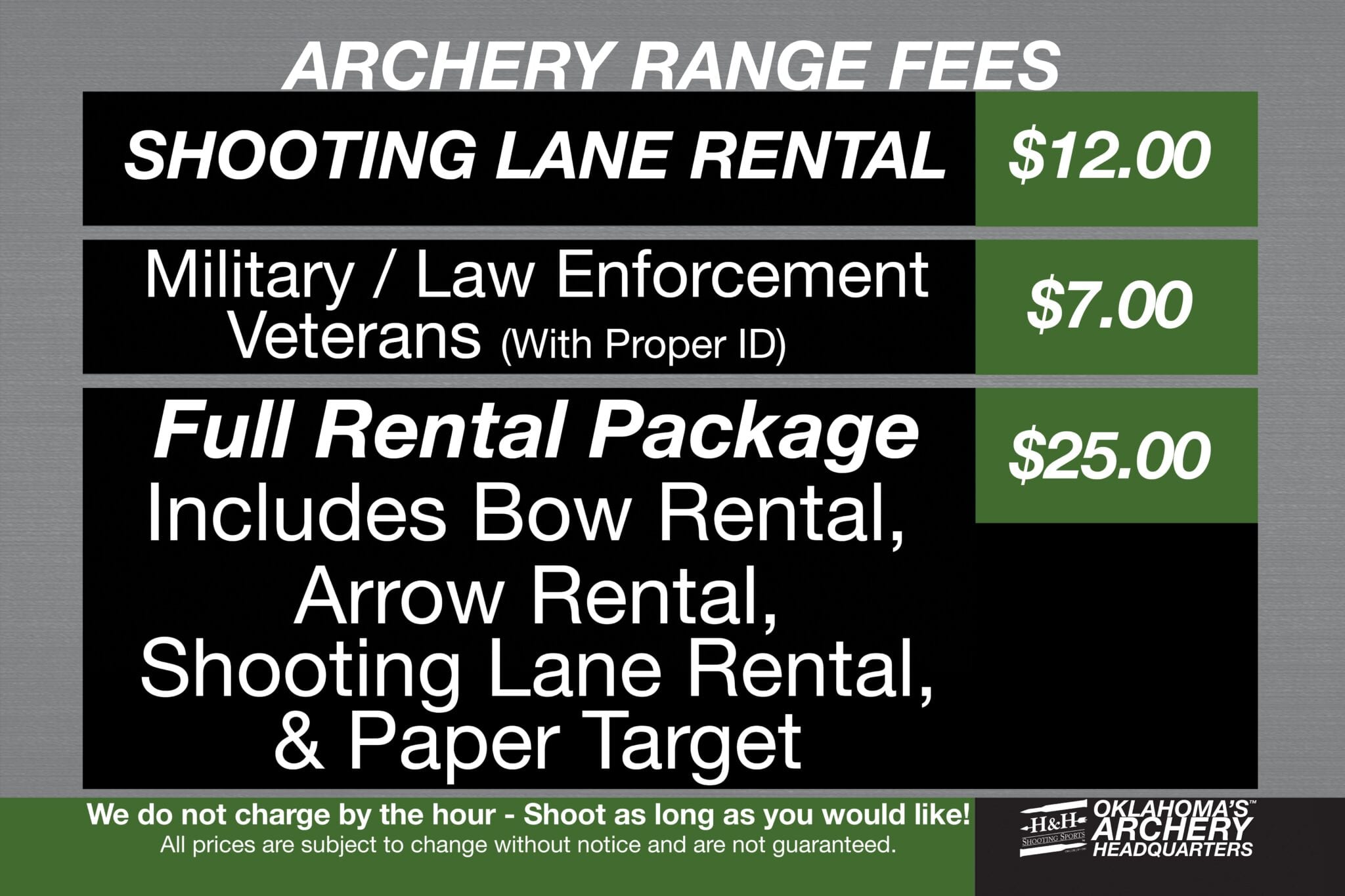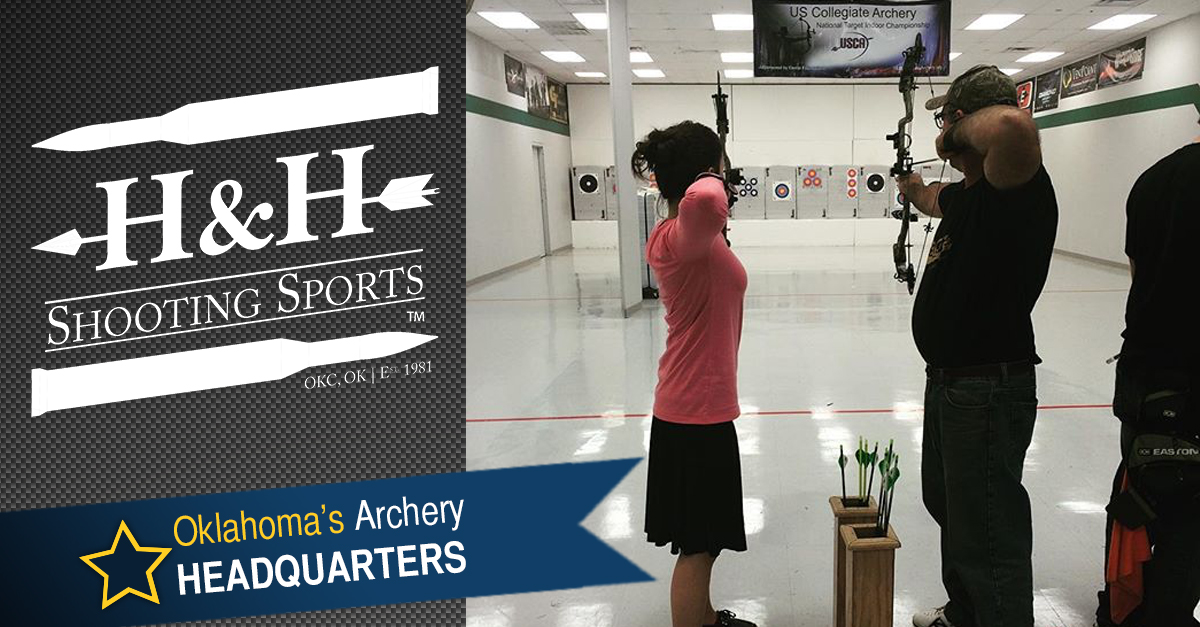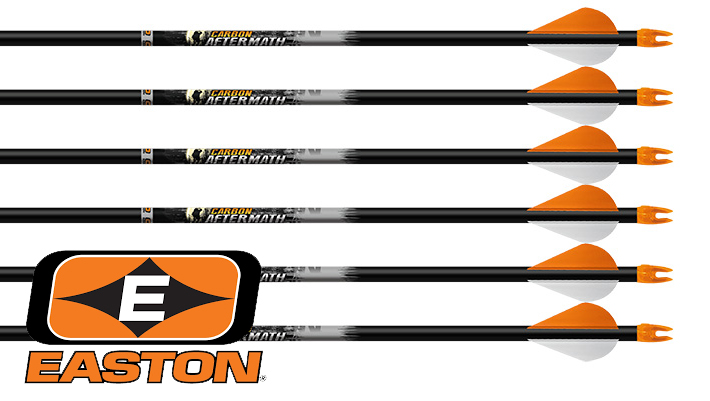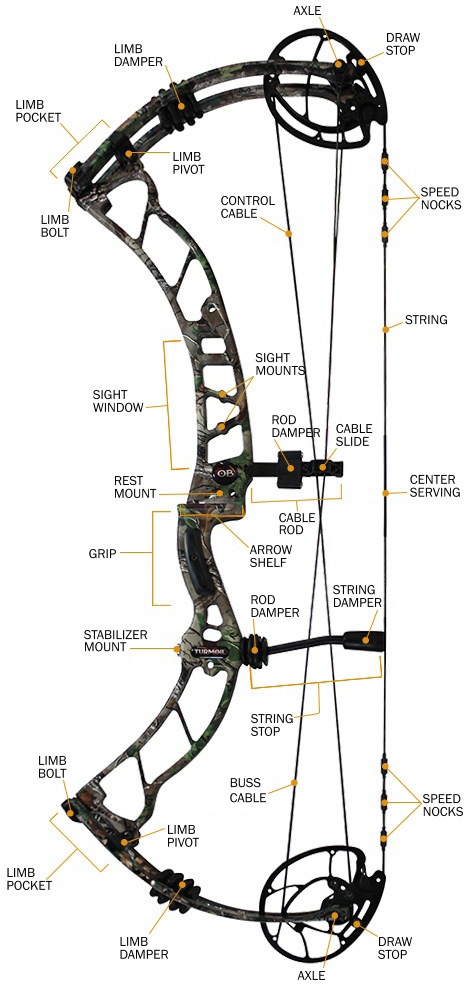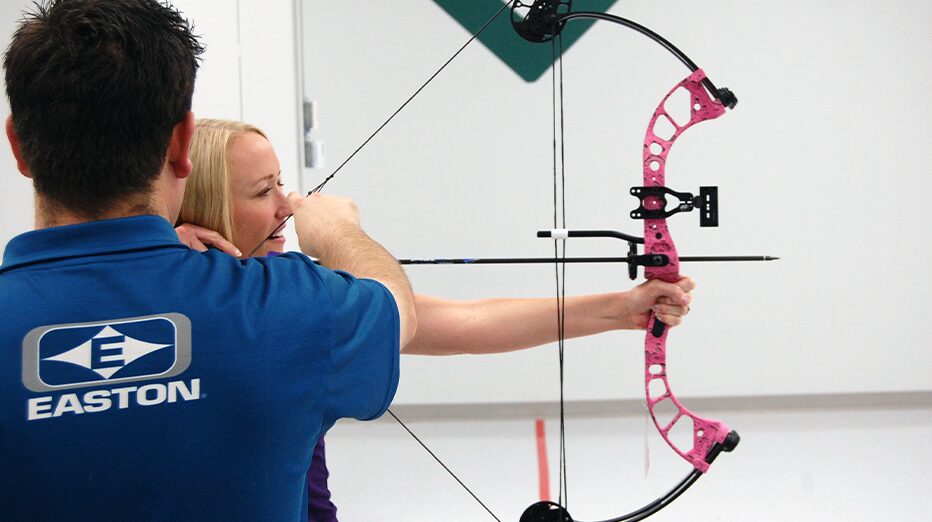Getting Started With Archery
Our guide on archery for beginners will walk you through:
- What type of bows and arrows are right for you
- Additional gear and accessories you may need to buy
- Tips and advice for those new to this wonderful sport
If you’re new to archery, it can seem overwhelming. It’s not as simple as picking up a bow and arrow then heading to the backyard to practice your aim. This can make it intimidating to those not well-versed in the terminology or gear and prevent them from taking up a sport that may very well prove beneficial.
To help break down that barrier that can make a newcomer back down from wanting to learn about the sport, we present this guide on archery for beginners. Our goal is simple: to get more people excited and engaged in the sport.
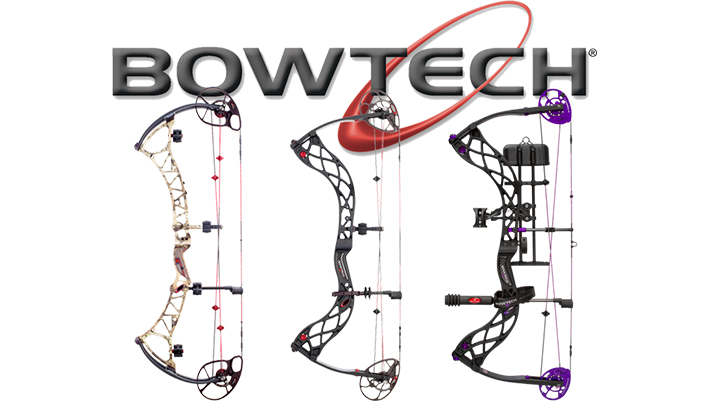
Types of Bows and Arrows
As you start your journey on the wonderful world of archery, you’ll need to know about the different types of bows and arrows available. While the sheer number of types of bows and arrows can make it difficult to choose, we slimmed your options down to the ones best for newcomers.
Recurve and Compound Bows
Most beginners will focus on one of two options: a recurve bow and a compound bow.
A recurve bow is likely what most people picture when they think about the sport. It’s sleek, graceful, and from only a few parts. Most bows are simple to operate yet difficult to master. The recurve bow is most often used for target practice – and, indeed, Olympic archers use this bow – but skilled hunters use them, as well.
The second bow that beginners should familiarize themselves with is the compound bow. These bows are incredibly complicated and have only been around for a few decades. Bowhunters most commonly use them due to their ability to harness speed, force, and accuracy. However, target shooters also use compound bows.
Despite the complicated construction of a compound bow, they are fairly intuitive to use. For beginners who want to give their accuracy a boost, a compound bow is an excellent start.
Three Types of Arrows
While most archery rookies should generally choose from two types of bows, there are three types of arrows of which they should be aware:
- Aluminum arrows: These arrows are common for archers across all skill levels. They can also be used in both types of bows.
- Carbon arrows: Arrows made from carbon are more common with hunters than they are with target shooters. Also, while some archers use them with recurve bows, they are often found paired with recurve bows.
- Wood arrows: Wood is the original material from which arrows are made. They tend to be preferred by those who enjoy classical archery, and they should only be used with recurve bows as compound ones may destroy the arrow.
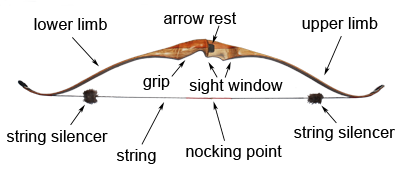
Parts of the Bow
Regardless of which bow you choose, you should learn the part names that both types share. This will make it easier for you as you practice on a shooting range or begin conversing with other archers.
At a basic level, both bows have the same parts:
- The riser serves as the handle of the bow. It contains the arrow rest where you place your arrow before drawing.
- The limbs are attached to the riser and form the curved part of the actual bow. The top limb is connected to the bottom limb by the bowstring. In some recurve vows, the limbs can be removed and replaced by a different pair.
- The bowstring connects the two limbs of the bow and is what you pull back to shoot your arrow.
- The nock point is the spot on the bowstring that’s pulled taut behind the end of the arrow.
- The bow sight isn’t found on every bow, and many archers prefer their own sight over the one included on many bows. It helps your aim and accuracy.
Parts of the Arrow
Additionally, there are four parts to all arrows:
- The arrowhead is the front point of the arrow. They can vary in weight, shape, and sharpness.
- The shaft is the long thin part of the arrow.
- The fletching is the end of the arrow that contains the vanes or feathers.
- The nock is the split back end of the arrow that fits neatly into the bowstring.
Gear and Accessories
Beyond bows and arrows, most beginners may want to seek out additional gear. If you’re on a budget, it’s best to stick to just a bow and arrow at first. However, this gear may help you develop your skills while also keeping you safe:
- Arm guards will protect your inner arm from getting hit by the bowstring after you release it.
- Bow releases and tabs help you draw the bowstring.
- Quivers serve as the storage for your arrows.
- Sights aid your aim.
Where to Learn How to Use a Bow and Arrow
If you’re completely brand new to using a bow and arrow, then the best place to learn how to shoot is through an archery class. Most indoor archery ranges can direct you towards group and individual lessons so you can either learn with others at your skill level or by yourself and with increased individual attention.
Many books on archery are available, but reading about how to shoot will never be as good as learning in person. You can also develop your skills by watching YouTube tutorials online or browsing online communities and forums.
Basic Tips and Advice for Your First Time on the Range
Most people feel a little bit nervous they step onto a range for the first time. That’s completely normal and very common among beginners. To help soothe your nerves a bit, it can help to know some basic tips and advice that will make taking lessons safe and fun:
- Each range has its own rules. Always follow them, or you will be asked to leave.
- Never dry fire your bow. Dry firing is pulling back your bowstring and letting it go without an arrow. Not only can that damage your bow, but you may also accidentally send parts flying at an unsafe speed in unexpected directions.
- Only aim at the target. Aiming at anything else is extremely dangerous and is a quick way to have a range ask you never to return.
- Your clothing should be appropriate for the range. That means don’t wear loose, baggy clothes or chains and other jewelry that may interfere with your shot. Long hair should be tied back, as well.
The general rule of thumb here is to be safe, follow the rules, and treat people and equipment respectfully.
Hone Your Archery Skills at H&H Shooting Sports
Whether you’re taking your first steps into the world of archery or are a veteran, H&H Shooting Sports in Oklahoma City can make help you find the gear you need and practice your shooting.
Reach out to us today or stop by our shop today to see how we can help you hone your archery skills!
